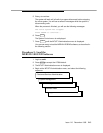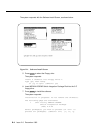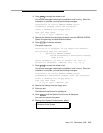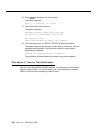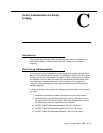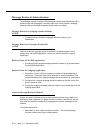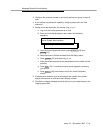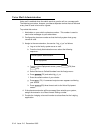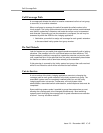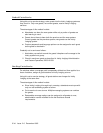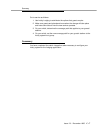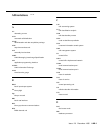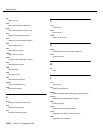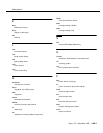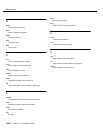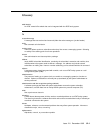
Call Coverage Path
Issue 2.0 December 1995
C--5
Call Coverage Path
A coverage path directs the switch to transfer unanswered calls to a hunt group,
to a service, or to another extension.
When a call goes to coverage, the switch forwards the called number to the
Intuity system. The Intuity system detects that the called number is administered
as a specific subscriber’s extension and treats the call as one to be answered
and recorded. Depending on how the extension is configured, the call may be
answered by either the AUDIX or the Lodging application.
1. Administer your switch to assign call coverage for each guest’s extension
to the associated Intuity system hunt group number.
Do Not Disturb
Look for features on your switch that adapt themselves especially well to lodging
situations. One example is the
Do not Disturb
feature on some switches. This
feature makes it possible to request that a particular extension not receive calls
until a specified time. At the specified time, the switch automatically deactivates
the feature and allows calls to terminate normally at the extension.
If this extension is covered by the Intuity system hunt group, then calls received
while
Do-not-Disturb
is active will be recorded for later retrieval.
Cut-to-Service
A cut-to-service of the Intuity Lodging application amounts to changing the
coverage path for each guest extension to the Intuity system hunt group. The
associated system must be completely installed before you cut the Intuity
Lodging application into service. Furthermore, all Intuity system initial
administration, associated switch administration, and acceptance tests must be
completed.
Some switching systems make it possible to group these extensions as a set
allowing the coverage path to be changed simultaneously. Most switching
systems permit changing the coverage path for guest extensions one extension
at a time. You may use either method.



